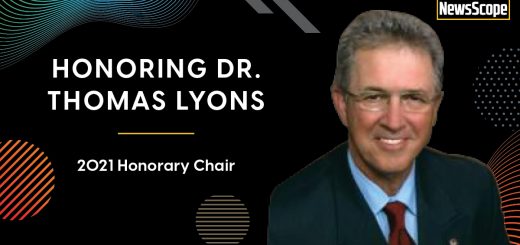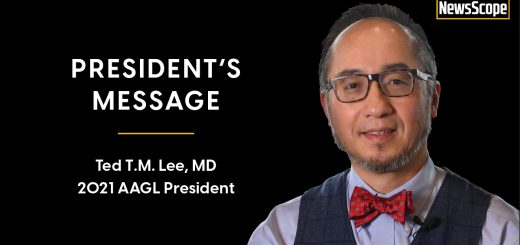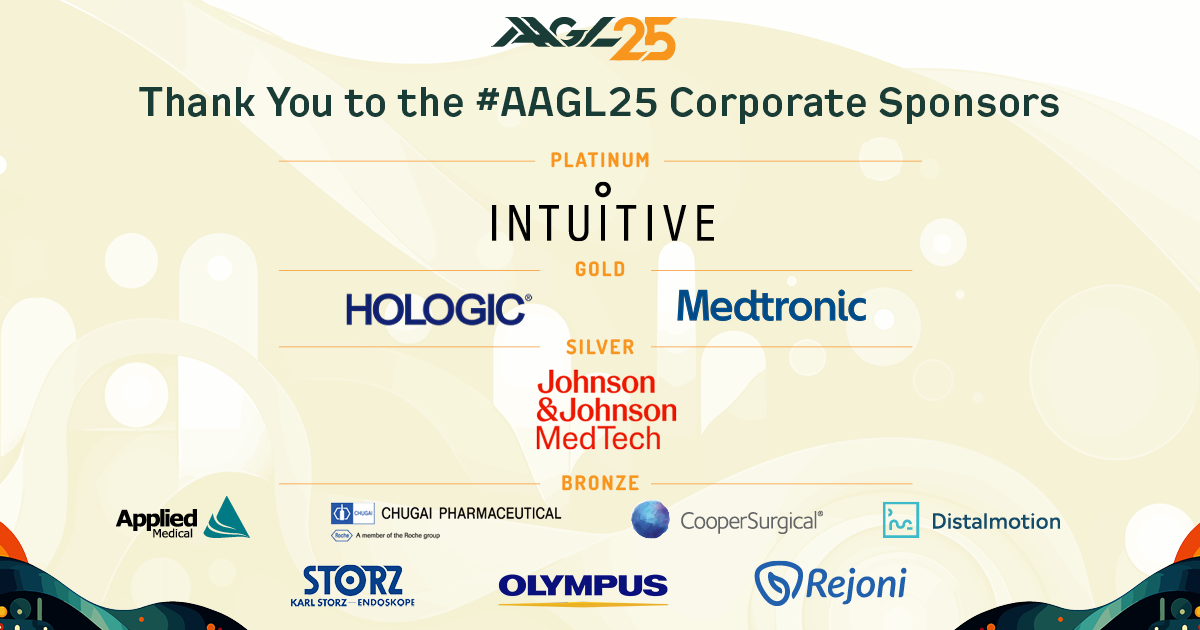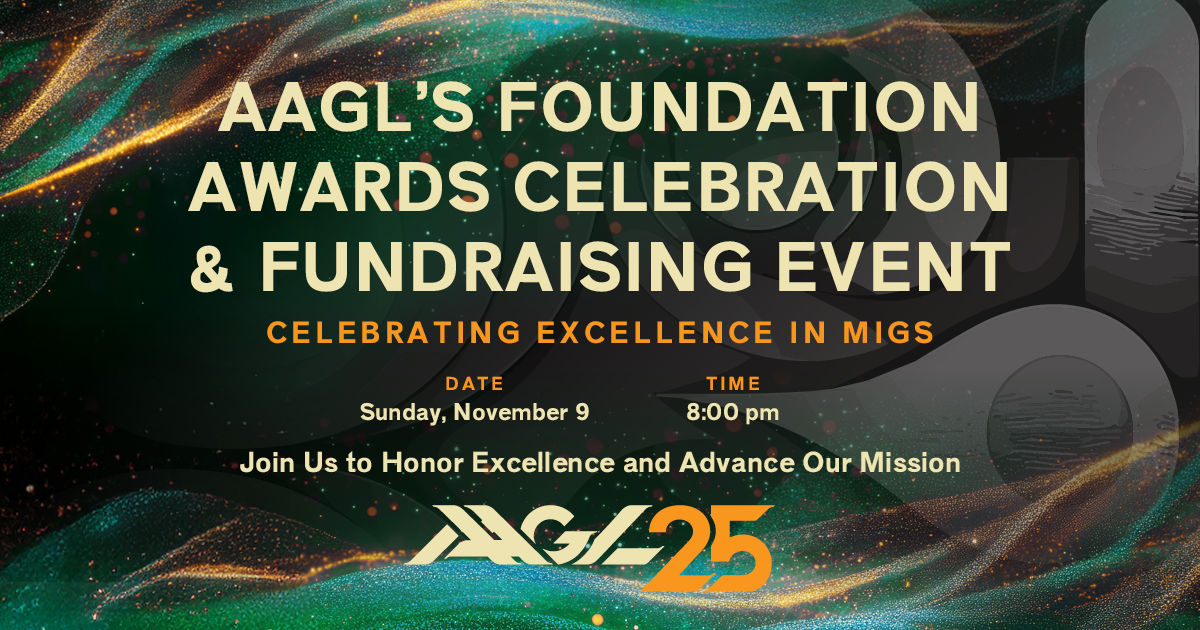Embracing Hysteroscopy: A Step In the Right Direction
[vc_row][vc_column][vc_single_image image=”3293″ img_size=”full”][vc_column_text]The history of surgery is as old as the history of mankind, although the beginning of “modern” surgery, as we know it today, began back in 1846 in Boston, Massachusetts, when a doctor named Willian Thomas Green was the first to use anesthesia as a method of making patients able to tolerate invasive surgery. From that moment, surgeons were able to focus more on the technique and precision of the surgery over pain management and the capacity to perform the surgical procedure without killing the patient. Approximately two decades later, the era of endoscopy began in 1868, when a German physician Adolph Kussmaul inserted a speculum with a light at the end of its blades into the stomach of a patient, an instrument that was previously developed by Desormeaux. This was the first “gastroscopy” that, unfortunately had a very limited clinical use.
In gynecology, today we are witnessing, the era of endoscopy, in which, after solid scientific evidence of the benefits of a minimally invasive approach over open surgery, there is a growing interest in endoscopic procedures from both clinicians and the industry. Hysteroscopy is also gaining an important role in modern gynecology.
As a matter of fact, I will describe 3 interesting points:
1- If a literature search is performed today in PubMed using the keyword “Hysteroscopy”, we will realize that last year (2020) was the year with the most number of scientific publications related to hysteroscopy since the inception of this well-known, high quality database on September 6th 1930.
2- In the different congresses and annual scientific meetings of the most relevant gynecologic societies at national and international level, there is an increasing number of specific sessions dedicated to hysteroscopy
3- In the recent Global Congress on Hysteroscopy, an online scientific event that took place in the month of May, in which well recognized leaders members of the AAGL played a relevant role, was a great success exceeding 2300 unique visitors from over 100 different countries.
All this is happening mainly due to two facts. The first is that hysteroscopy has proven to be a safe, effective, and efficient endoscopic technique for the evaluation and treatment of intrauterine pathology. Allowing a minimally invasive access into the uterine cavity including diagnostic and some operative hysteroscopic procedures that are conducted in an office setting. The other relevant fact is that there is close collaboration between the industry and clinicians that has allowed the development of new instruments that have revolutionized the use of hysteroscopy allowing to complete complex hysteroscopic procedures in a safe and effective way, such as the creation of the Hysteroscopic Tissue Retrieval Systems (HTRs) and the 15 French mini-resectoscopes. Devices that are specifically designed to simplify hysteroscopic surgery and to optimize results.
There are multiple studies showing a significant reduction in surgical time with the use of HTRs, which results in a lower fluid deficit and improved patient’s safety. At the Global Congress of Hysteroscopy, it was very interesting to learn that the HTRs are more popular in some geographic areas than other. Despite these advantages, HTRs do not have the same popularity in Europe than in North America for reasons that are not clear. We could speculate that gynecologists with experience using the traditional resectoscope will pose resistance to incorporate the HTRs into their practice. Also, the cost of the HRTs could also play a roll.
Without a doubt, we are going through very interesting times in the era of hysteroscopy, with the permission of laparoscopy and robotics, in which safety and efficacy prevail, hysteroscopy is soon gaining a very important role in modern gynecology.[/vc_column_text][/vc_column][/vc_row]







